So one of the best things about working at GIA is…the warehouse. Being this close to that much music, that many editions, stacks and racks and boxes and so much music all in one place. Seriously, I’m such a nerd that stepping into the building and smelling that inky publisher smell that lightly pervades everything, even the editorial department, makes me feel all warm and fuzzy.
But I can’t be the only nerd, right? I mean, look at this:
Tell me that doesn’t look like a really fun way to drop an hour or two, seriously?
There’s lots of great new stuff of course, but I’m having the most fun heading to the back of the warehouse and sort of pawing through the boxes of older stuff–books and resources and things that have sort of slipped off the radar in favor of newer products, but which actually have some great content and which, beneath their often dated-looking covers, have some very solid and currently-usable information inside them.
One of those products: The Reluctant Organist, by Janette Cooper, first edition published through the Royal School of Church Music in 1976, with a second edition in 1987. It’s a tiny little book, less than 40 pages long, but it is full of great information for “Reluctants” as the author calls them, describing her target audience on the opening page:
“…The organist disappears, the vicar looks round the congregation and sees Mrs. A whom he once heard play the piano at a children’s party. Told that the organ is very similar to a piano and that anyone can play a few hymns, she feels it would be ungracious to refuse to help next Sunday. She and the choir make valiant efforts and the following Sunday she has been prevailed on to repeat the performance. A year later she is still there…She is uneasily aware that the organ has more dissimilarities with her piano and he left her to believe…and Sundays come along so quickly–no sooner has she learnt the notes of the Whitsun hymns than Trinity is here. She tentatively asks the professional musician at the big parish church if he would give her a few lessons…He suggests that she join the local Organists’ Association, but on her first visit she finds the talk is all about wind pressure per inch, and the second is an organ crawl where everyone except her indulges in lengthy improvisation. She returns to her own church, and to her I offer this interim emergency recipe booklet.”
Perhaps I love this book so much because this was me when I started out on organ, having no idea what I was doing and no one to tell me what to do or how to do it. I so wish I’d had this book back then–her outline of the key points to the workings of the instrument is concise and clear, her approach to pedalwork for beginners is wonderfully commonsense, and I wish I’d known about it 20 years ago.
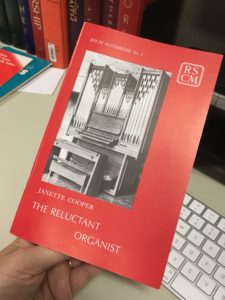 In this very short book she offers a crash course on the most basic of basics. Here’s just a sampling of her wit and wisdom:
In this very short book she offers a crash course on the most basic of basics. Here’s just a sampling of her wit and wisdom:
- What you’re looking at in front of you when you sit down at the organ for the first time (in the chapters “Geography 1” and “Geography 2”)
- Advice on how to start using the pedals: “I will outline an approach to pedalling which may bear more fruit than the stab-and-poke technique employed by many.”
- Permission to not start using the pedals: “If you are entirely rational and trouble-hating, be assured that you may be a very competent Reluctant with no use of the pedalboard whatsoever, and skip the next two chapters. It will save much agony.”
- Registration: “Your ears will tell you that an 8 and 2 can make a welcome change when used without the intermediate 4, that 16-foot manual stops can be unclear, and that the Swell Oboe can be particularly nasty when used with the Diapason. The matter of registration is subjective within reason: you must listen.”
- Rhythmic hymn playing: “…I do not mean merely putting notes down according to the metronome. Rhythm is closely linked to accent, and it may have escaped your notice so far that there is no mechanical way of making an accent on an organ…”
- The tremulant: “Now a few gadgets for Reluctants to use most sparingly. The tremulant gives a vibrato to the tone of some stops…and although it can be used to great effect in a few eighteenth and nineteenth century works, I urge you to forget its existence for the time being.”
- General professionalism: “Flinging oneself on the organ seat five minutes before a service only to find that chantbook and left shoe have disappeared, opening the hymn book with right hand while the left plays a repeated arpeggio over a firmly held pedal C–both are sure ways to mediocrity and/or disaster.”
Her writing “voice” is delightful and very British, at least to my ears, and I enjoy her writing while appreciating the common-sense approach she brings to what for many of us is a big intimidating instrument.
So…if there are any other “Reluctants” out of there–I’d highly recommend checking it out!
And if you’re ever in Chicago and would like to take a walk through the warehouse with me (I’m serious about that! Come visit us!), I’m always game.
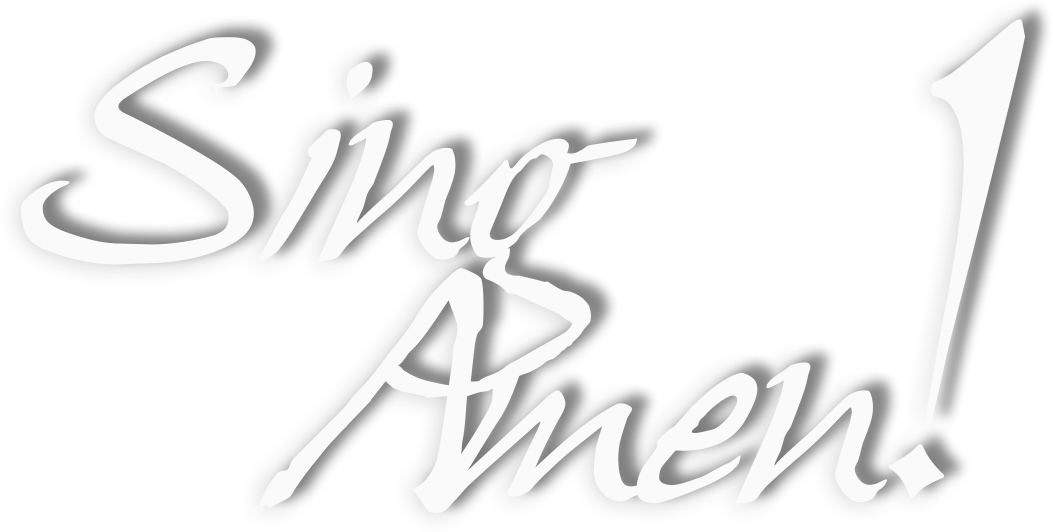
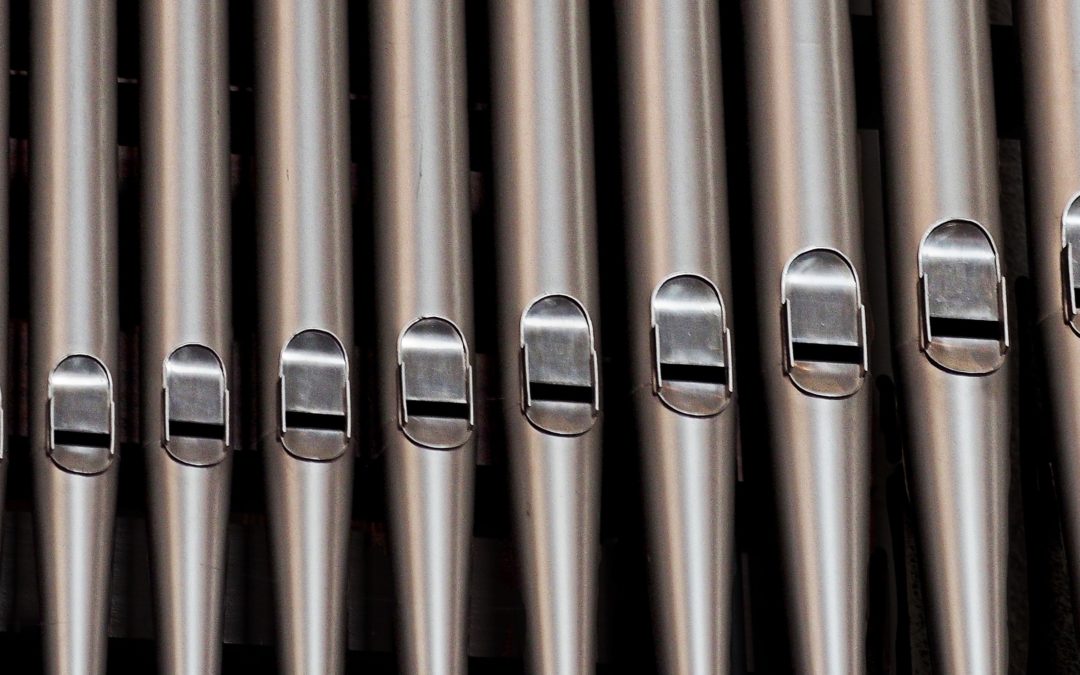

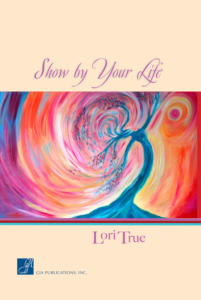
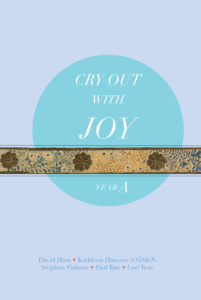
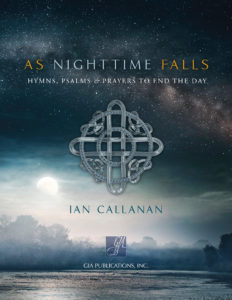
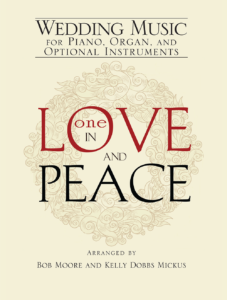
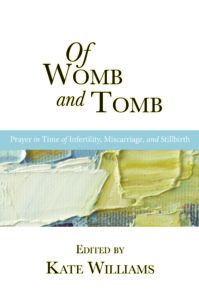
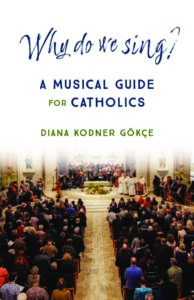
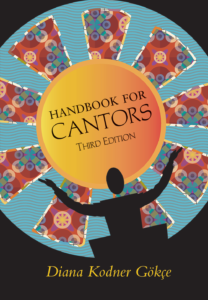
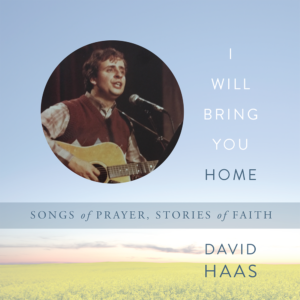
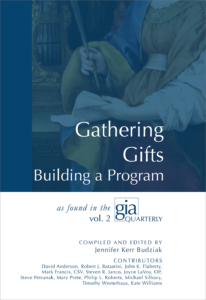

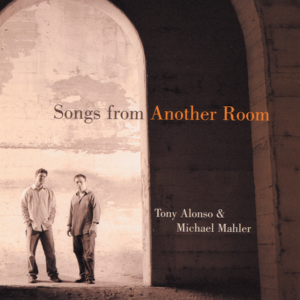

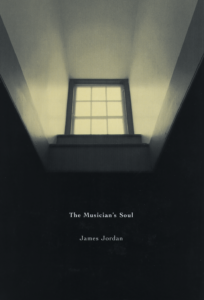

Dear Jennifer
Your blog made me smile :)- I am awaiting arrival of the book tomorrow in the post, from the RSCM in the UK. I am a pianist but learning the Organ to enhance my piano skills, ….I am finding it draws me every time I go and practice. Playing Bach fugues on two manuals certainly sharpens the mind and the consequent ability on the piano. The pedals are slowly falling into place. I will keep you posted. All the bets